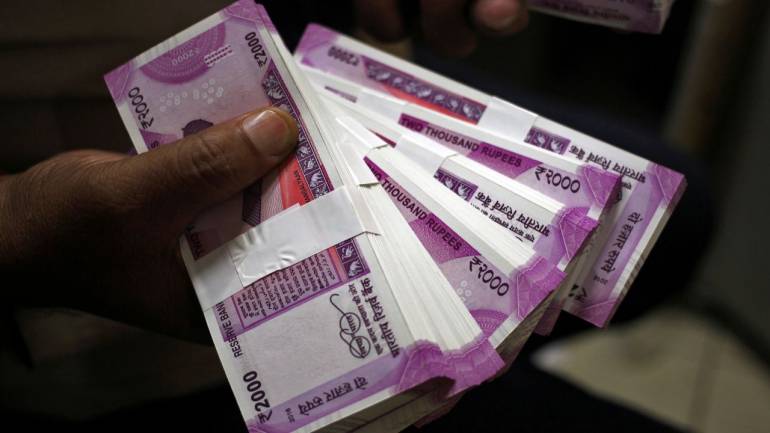Money that has left the country under the scheme within the first four months of FY20 has touched $5.85 billion, a figure that has surpassed the aggregate outward remittances in the five-year UPA II period between April 2009 and March 2014 which stood at $5.45 billion.
Resident Indians, under the liberalised remittance scheme (LRS), have sent the most amount of money abroad on a monthly basis in July 2019, according to a report by The Indian Express.
The report quoted data from the Reserve Bank of India (RBI), which stated that a whopping $1.69 billion has left the country in this one month.
Outward remittances under this scheme has touched $5.80 billion within the first four months of FY20, a figure that has surpassed the aggregate outward remittances of $5.45 billion seen during the five-year UPA II period between April 2009 and March 2014.
Since the Modi-led NDA came to power in May 2014, the overall outflow of remittances has come up to a total of over $45 billion.

What is the Liberalised Remittance Scheme (LRS)?
First introduced on February 4, 2004, the scheme currently allows resident Indians to transfer upto $250,000 per financial year towards a range of permissible current or capital account transactions, or a combination of both.
Where do these outward remittances go?
The RBI has allowed the outflow of remittances under the LRS under categories that include travel, maintenance of close relatives abroad, education and gifts. Other categories, which shore up only a small portion of such remittances include the purchase of immovable property and overseas investment in equity and debt.
Why are such outward remittances on the the rise?Several reasons have been cited for the rise in the outflow of remittances. A report by The Economic Times said that one possible reason could be the doubling of the limit placed on outward remittances in 2015 by the RBI to $250,000, up from $125,000. The report noted that this could mean that resident Indians were looking to remit more money than the $125,000 limit, but had to resort to other ways before the 2015 increase in the LRS limit.
The Wire, in a report, said that fund managers and experts believe that such an outflow under the LRS scheme could be indicative of a flight of capital, as small and mid-sized businessmen are looking to shift and set up shop outside the country, in places like Singapore and Dubai.
The report cited Morgan Stanley's chief global strategist Ruchir Sharma, who allegedly is a strong supporter of this theory. He observed that 2.1 percent of India's rich (its dollar millionaires) left the country in 2017 alone, a fact that corresponds to the increasing movement of funds in the form of remittances outside the country. But the view has seen a counter from economists who differ in that they feel that the increase could also mean that such businessmen were looking to diversify their operation bases rather than hoping to leave the country.
A most recent development, the increase in the taxation rate from around 35 percent to 43 percent (for those who fall under the highest tax bracket) could be an additional trigger, the Indian Express report noted.
It quoted a market expert saying following the rise in taxes, more well-off resident Indians would see a greater benefit in paying high taxes in exchange for a higher quality of life, which could explain the rise in outward remittances.Get access to India's fastest growing financial subscriptions service Moneycontrol Pro for as little as Rs 599 for first year. Use the code "GETPRO". Moneycontrol Pro offers you all the information you need for wealth creation including actionable investment ideas, independent research and insights & analysis For more information, check out the Moneycontrol website or mobile app.















